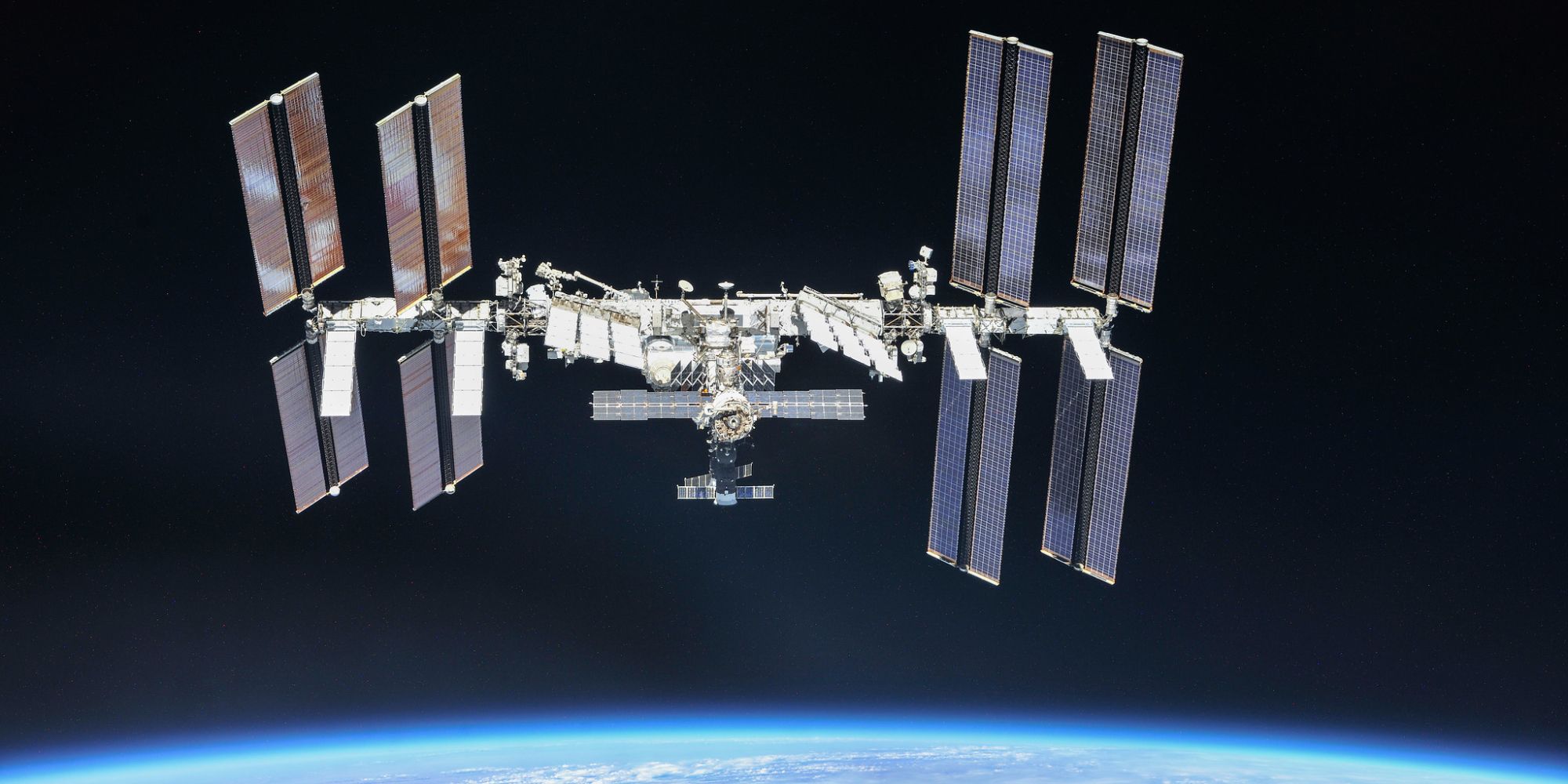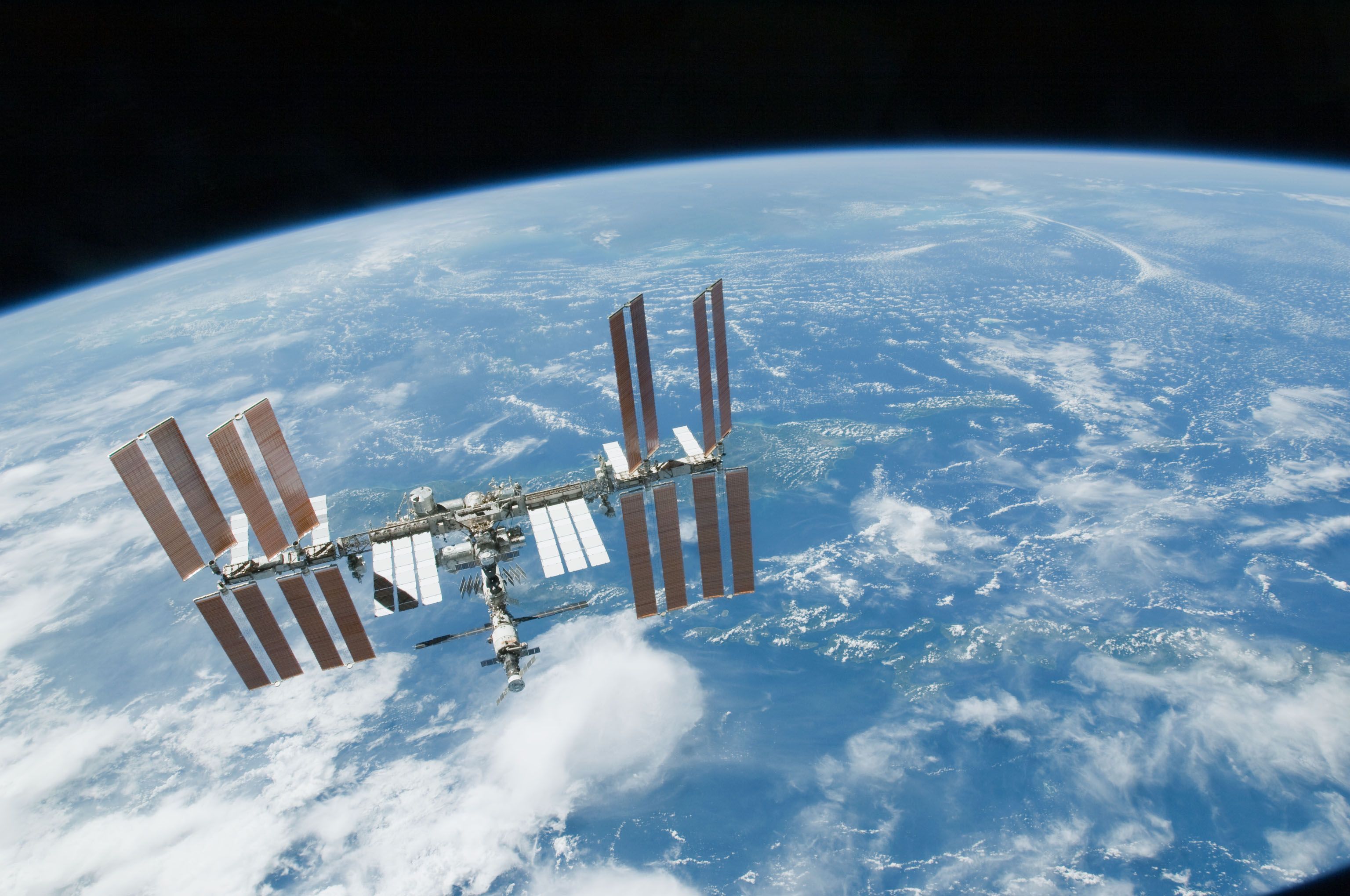Cosmonauts aboard the International Space Station have just discovered new cracks in one of the station's modules — raising concern that they could become worse over time. Of all the things humans have achieved in the world of space exploration, the ISS is one of the most impressive. The modular spacecraft launched in 1998, regularly orbits the Earth at over 17,000 MPH, and acts as a research center for astronauts and cosmonauts all around the world.
As technologically advanced as the ISS is, that's not to say it's perfect. Earlier this year, the ISS encountered a bit of drama when a Russian module inadvertently fired its thrusters while docked — thus causing the ISS to get temporarily knocked off course. The situation was quickly resolved, though it acted as a reminder that computer and human error can still occur even when 254 miles above the Earth's surface.
About a month after that module incident, the ISS has found itself in another predicament. According to a report from Reuters, Russian cosmonauts recently found cracks in the Zarya module of the International Space Station. Commenting on this, Energia chief engineer Vladimir Solovyov said, "Superficial fissures have been found in some places on the Zarya module. This is bad and suggests that the fissures will begin to spread over time."
Everything We Know About The New ISS Cracks
There's no report of these cracks causing air to leak, but if they spread as Solovyov warns, there's reason to believe that may change. Other than the fact that cracks exist and are potentially getting larger, that's really all that's known right now. This is far from the first time such cracks have been found aboard the ISS. Previous ones have been patched up fairly easily, but that doesn't make the current situation any less troubling.
Not only are the cracks an issue on their own, but they also serve as a reminder of the International Space Station's age. Solovyov has previously been critical of the ISS' condition, commenting that there may be an "avalanche" of faulty equipment aboard the spacecraft in 2026 and beyond. The Zarya module has been aboard the ISS since its launch in November 1998, making the component nearly 23 years old. Russia also reported pressure drops in its Zvezda module in late July, with that section now over 21 years old. That's not to say the ISS is in terrible shape and can't be repaired, but it's also an undeniable fact that the station is getting older by the day. More details about these latest cracks should be revealed in the coming days — and here's to hoping they're fixed as quickly as possible.
Source: Reuters


